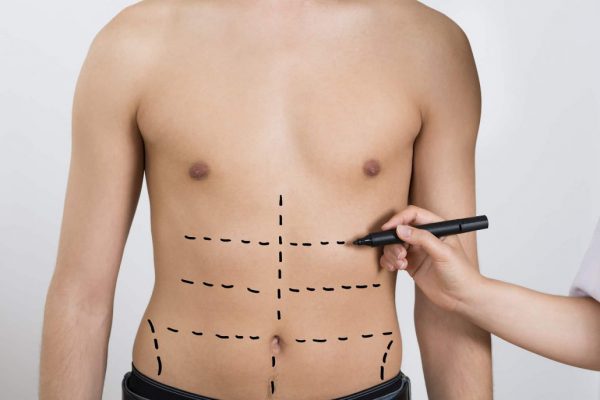Lipomatic surgery, also known as liposuction with the use of a specialized machine, is a popular cosmetic procedure aimed at removing unwanted fat from various parts of the body. The recovery time after this surgery is an essential aspect for anyone considering this treatment. Although recovery speeds vary depending on individual factors, most patients can expect to return to their normal routine within a few weeks. In this article, we will break down the typical recovery process and provide useful insights into what you can expect.
Immediate Post-Surgery Recovery:
Immediately after the Lipomatic surgery in Dubai (علاج الليبوماتيك في دبي), patients are usually required to rest for a few hours in a recovery area. This is essential for monitoring their condition and ensuring there are no immediate complications. The first 24 to 48 hours are crucial as the body begins to heal. During this time, patients may experience some swelling, bruising, and discomfort, which is normal. These effects are a sign that the body is adjusting to the changes made during the surgery.

Swelling and Bruising: What to Expect
Swelling and bruising are common after Lipomatic surgery. The extent of these symptoms can vary depending on the individual and the area of the body treated. Swelling typically peaks within the first two to three days and gradually subsides over the following weeks. Bruising may take a little longer to fade, often taking a few weeks to completely disappear. While the swelling can make the treated areas appear larger initially, the results will become more apparent as the inflammation decreases.
Wearing Compression Garments:
One of the most important aspects of recovery is wearing compression garments, which help to minimize swelling and support the body as it heals. These garments apply gentle pressure to the treated areas, preventing excess fluid buildup and promoting faster healing. Patients are usually advised to wear them for several weeks following the surgery, especially during the day. This will help achieve a smoother and more contoured appearance while also providing comfort during the healing process.
Pain and Discomfort Management:
While Lipomatic surgery is generally well-tolerated, some discomfort is to be expected. Pain management is an essential part of the recovery process. Most patients are prescribed mild pain relievers to manage any discomfort in the first few days following the procedure. This medication helps control any soreness or tightness in the treated areas. It’s important to follow post-surgical instructions carefully to ensure that the healing process progresses smoothly and without complications.
Returning to Regular Activities:
Most patients can resume light activities within a few days of surgery, but it is recommended to avoid strenuous exercise and heavy lifting for at least two to four weeks. Returning to more intense activities too early can disrupt the healing process and lead to complications. Light walks and gentle movements are encouraged to stimulate circulation, but it's best to gradually ease back into a regular routine. Following a proper timeline for resuming physical activities is key to achieving optimal results.
Long-Term Healing and Results:
While most patients see immediate improvements in their body contour after Lipomatic surgery, the final results will take several months to fully materialize. The body continues to heal, and swelling may take time to completely subside. During this time, the skin will adjust to the new shape, and the treated areas will become firmer. It’s important to maintain a healthy lifestyle, including a balanced diet and regular exercise, to help preserve the results in the long term.
Conclusion:
The recovery from Lipomatic surgery is a gradual process. While initial healing takes a few days to weeks, achieving the full benefits of the surgery requires patience. By adhering to post-surgery guidelines, including wearing compression garments, managing pain, and allowing time for the body to heal, most patients can expect to see lasting results. Always remember that every individual’s healing process is unique, so it’s important to consult with your healthcare provider and follow their advice for the best outcome.

